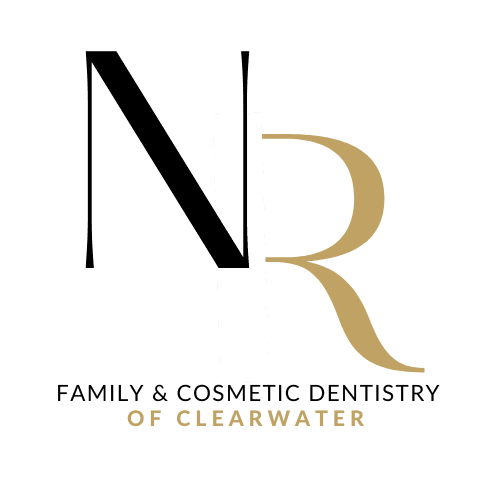When you attend your routine dental check-up at your dentist’s office, your dentist will perform a visual exam of your smile. They check for signs of cavities, gum disease, and other oral health problems. But they also suggest a dental x-ray at least once a year.
This imaging technology will reveal potential dental concerns on the inside of the teeth that a dentist cannot see with the naked eye. This level of preventative care can allow for swift diagnosis of certain dental issues. Then they can offer treatment before more severe damage can accrue.
Dental x-rays are safe for patients of all ages. But you may feel more comfortable receiving these scans when you know more about the advantages they can provide for your smile. Review three purposes of routine dental x-rays and how they benefit your oral health when you read on.

Diagnose Tooth Decay
Many of us will develop a cavity, an early form of tooth decay, at some point in our lives. When oral bacteria penetrate a weak spot in the enamel, it will eat away at your dental structure. Sometimes, this leaves visible damage to the tooth, including a hole in the surface or dental discoloration.
But tooth decay can develop in spots on the teeth that are not easy to locate in a visual exam, such as between two teeth. For this reason, a dentist will recommend regular x-rays of your smile. Tooth decay shows up prominently on these scans so that a dentist can easily diagnose the issue.
Then the dentist can offer prompt treatment to get rid of the decay before it spreads further. Missing these x-rays may mean that an unseen cavity can cause serious damage to a tooth before a dentist finds it.
Evaluate the Interior of the Tooth
While a dentist might see some dental problems through a visual exam of the exterior of your tooth, you might develop issues within the pulp of your tooth that a dentist cannot see. For instance, a blow to the face might lead to an injury of the blood vessels within the tooth pulp.
If you suffer a blockage in the blood vessels, then the tooth will lose vitality and become what is commonly known as a dead tooth. This condition will make it highly vulnerable to infections. A dentist can find problems with the blood vessels in the pulp through an x-ray. In some cases, a non-vital tooth does not present with other symptoms.
Monitor Tooth Alignment
Most people see all of their permanent teeth grow into place by the time they reach puberty. But sometimes, teeth can shift out of their naturally straight position after this time. A dentist can monitor the alignment of your smile with regular x-rays so that they can notice any changes in your teeth.
Then they can offer intervention before bite problems grow severe. They may suggest teeth-straightening solutions like Invisalign.
The dentist can also monitor the growth of wisdom teeth, which burst through the gum tissue later in life. They can extract these teeth before they become too problematic as well when they can see their progression through x-rays.
